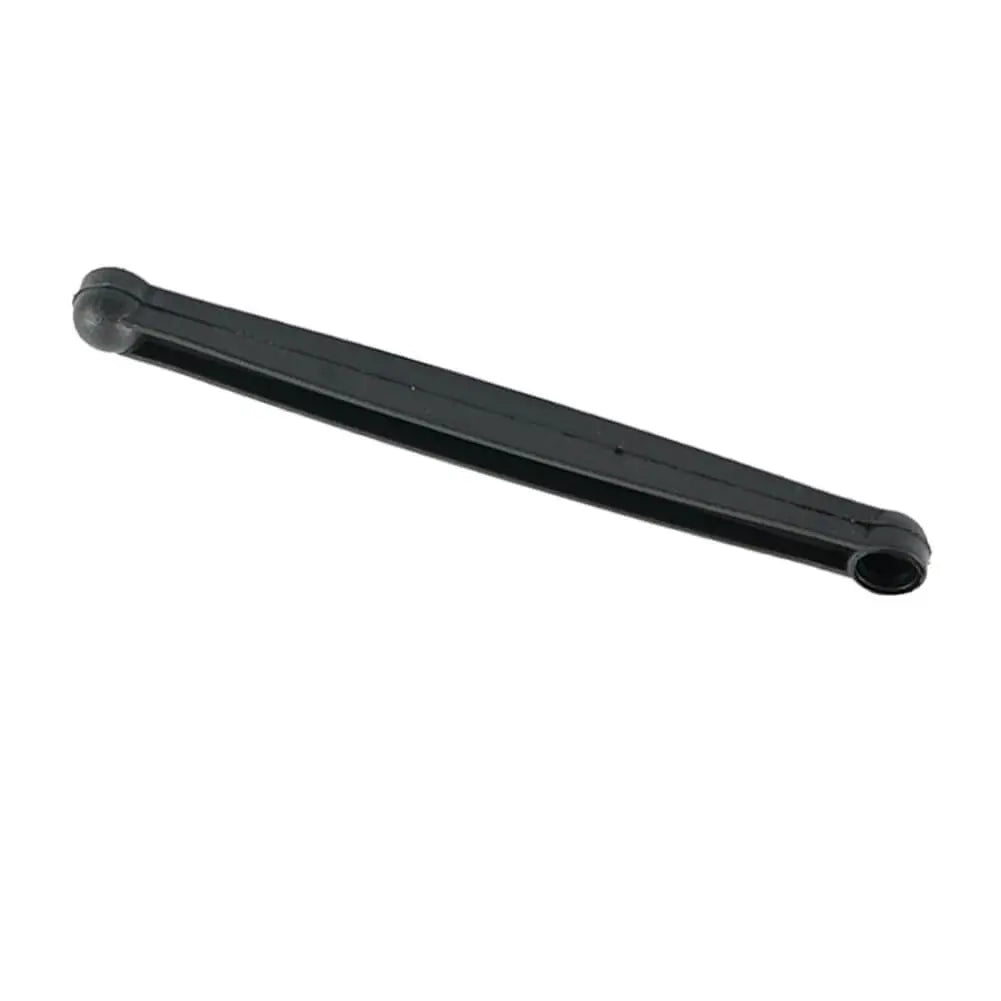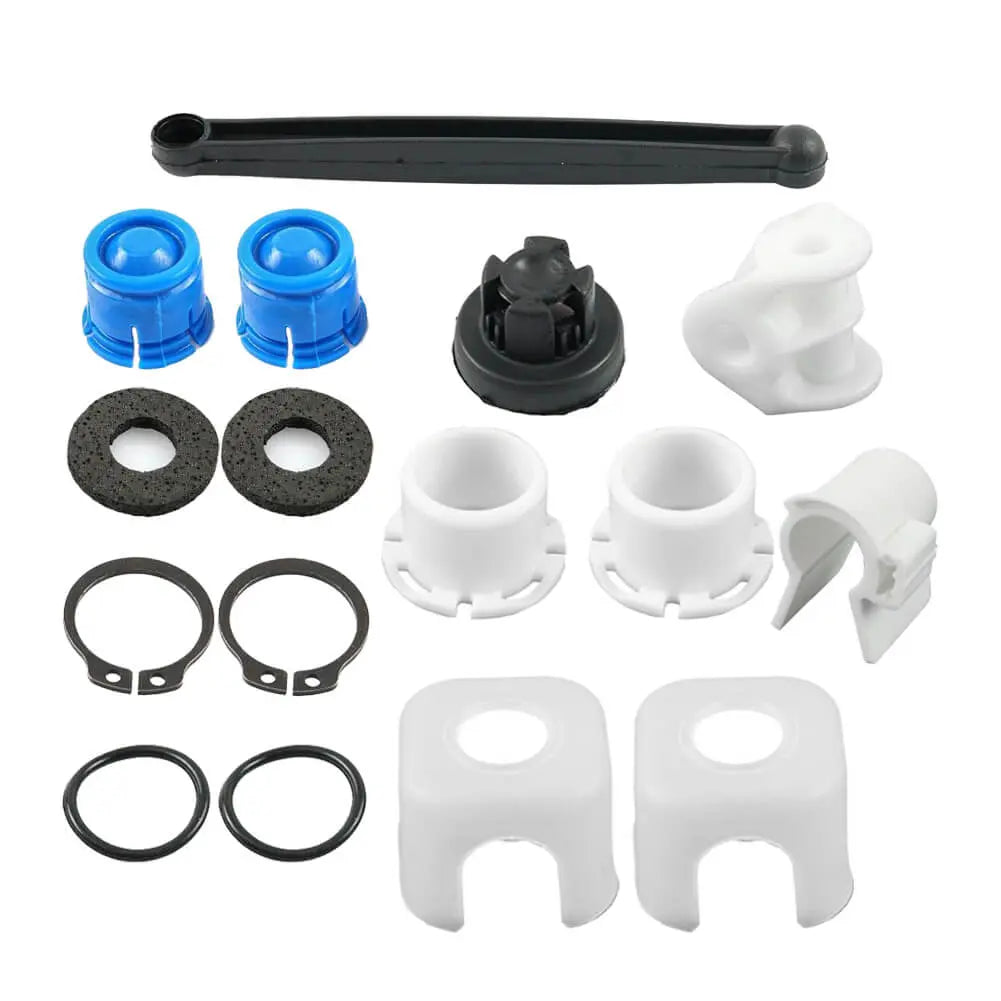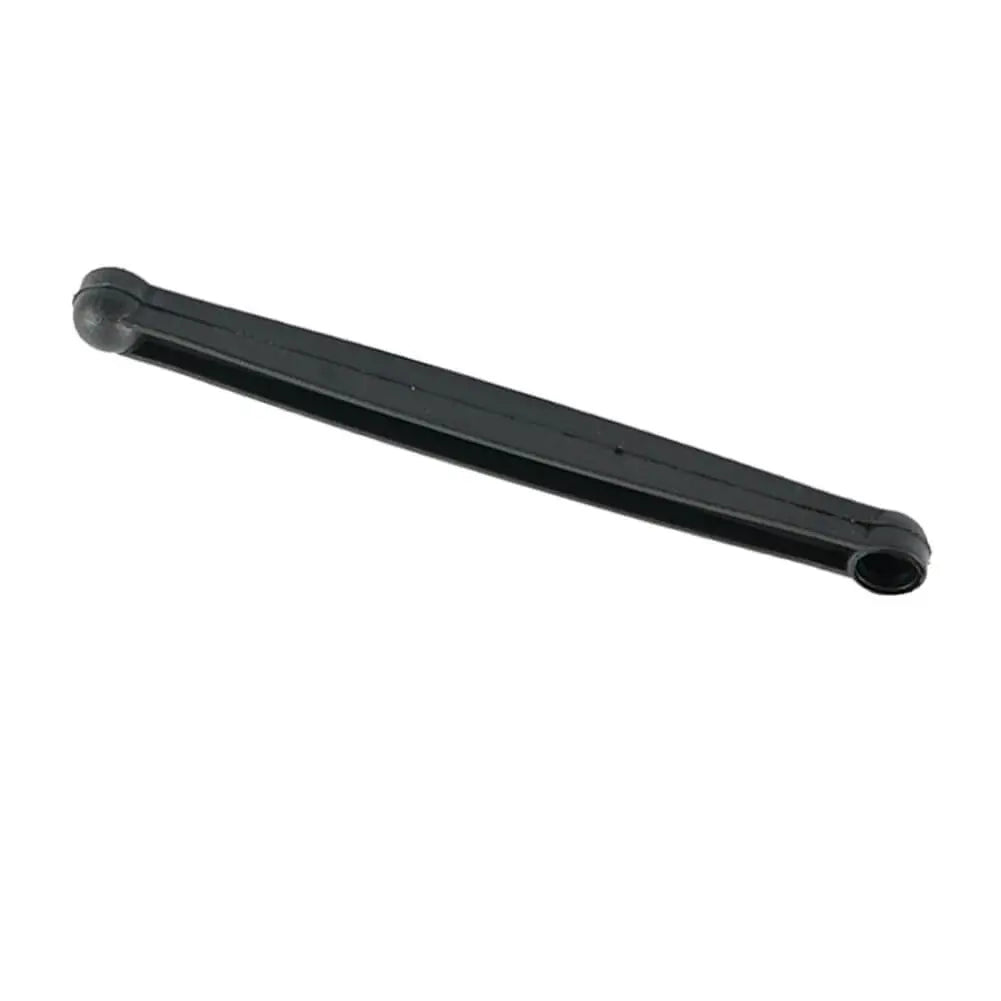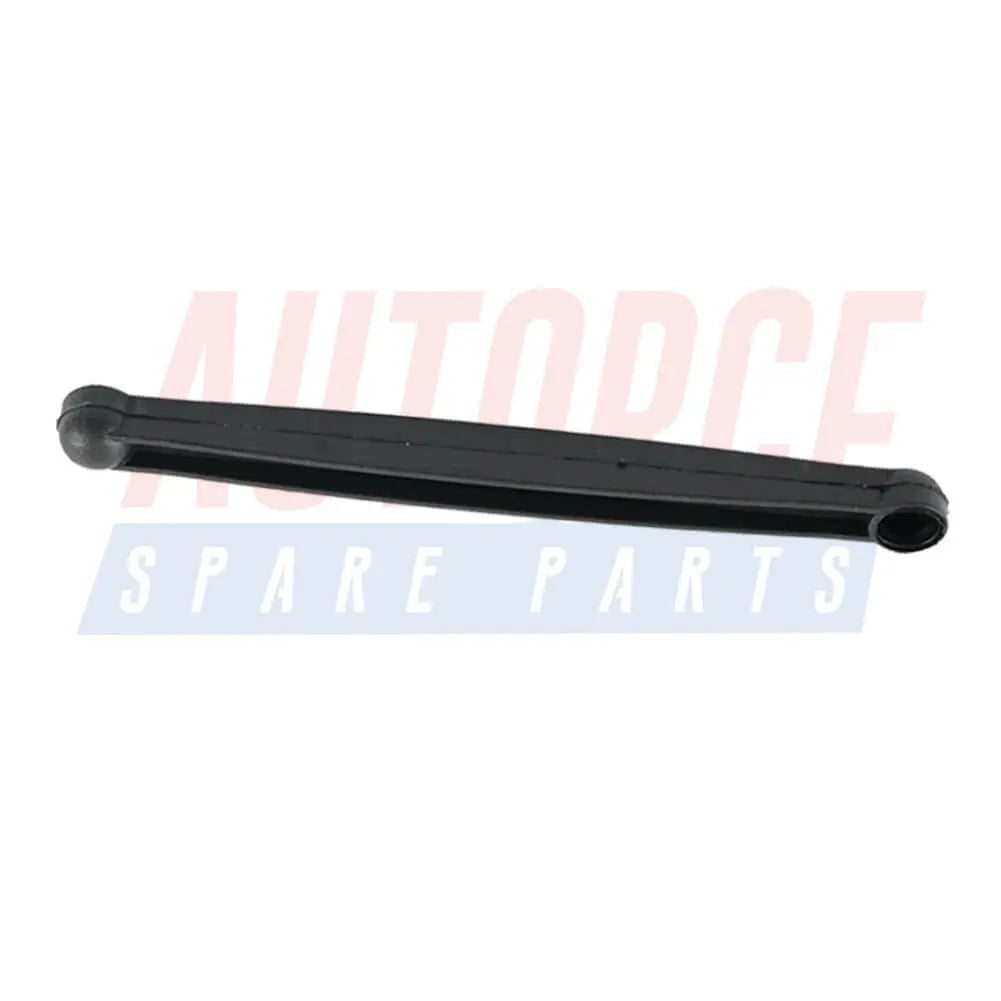Shop by Category
Gear Lever Repair Kit
4 products
Showing 1 - 4 of 4 products
The Evolution of the Gear Lever: Shifting into the Future of Automotive Technology
In the realm of automotive engineering, few components are as iconic and essential as the gear lever. This humble yet powerful device has been a staple of manual transmission vehicles for over a century, enabling drivers to control the gears and harness the engine's power. However, as technology advances and automatic transmissions dominate the market, the gear lever is undergoing a remarkable transformation. In this article, we will explore the history of the gear lever, its current state, and its promising future as automotive technology evolves.The Early Days: Manual Transmissions and the Birth of the Gear Lever:
In the early days of automobiles, manual transmissions were the only option available. Drivers had to physically engage different gears to optimize the engine's performance. The gear lever, typically located in the center console or on the steering column, became the primary interface between the driver and the transmission system. Shifting gears required the driver to manipulate the lever, moving it in specific patterns to engage the desired gear.Advancements in Manual Transmission Technology:
Over time, manual transmissions underwent significant improvements. Synchronized gears reduced the need for double-clutching, making gear shifting smoother and more accessible to the average driver. In addition, innovations like the "H-pattern" gear layout became the standard, with the gear lever's design mirroring this pattern for intuitive gear selection.The Rise of Automatic Transmissions:
As automotive technology progressed, automatic transmissions gained popularity for their convenience and ease of use. These transmissions eliminated the need for manual gear shifting, allowing drivers to focus solely on accelerator and brake pedals. As a result, the gear lever's role in the driving experience shifted dramatically.Gear Levers in Automatic Transmissions:
While automatic transmissions don't require manual gear shifting, gear levers are still present in many vehicles. They serve different functions, such as selecting drive modes (Park, Reverse, Neutral, Drive) or engaging manual override mode, where the driver can manually shift gears in certain situations. The design and placement of the gear lever may vary between manufacturers, ranging from traditional levers to rotary knobs or even buttons.The Digital Revolution: Gear Levers in the Era of Electrification:
With the rise of electric and hybrid vehicles, the gear lever is once again undergoing a transformation. Electric powertrains generally utilize single-speed or multi-speed transmissions, which don't require complex gear shifting mechanisms. Consequently, traditional gear levers are being replaced by sleek and minimalistic designs.Shift-by-Wire Technology:
One emerging trend is the adoption of shift-by-wire technology, where gear selection is done electronically instead of mechanically. In these systems, the gear lever is replaced by intuitive buttons, touchpads, or even gesture-based controls. This not only enhances the interior aesthetics but also frees up valuable space in the cabin, allowing for innovative interior designs and improved ergonomics.The Future of Gear Levers:
As automotive technology continues to evolve, gear levers are poised to become even more integrated into the overall driving experience. With the advent of autonomous vehicles, the traditional gear lever may become obsolete altogether. Future vehicles may feature fully automated transmission systems, eliminating the need for human intervention in gear selection.The gear lever has played a crucial role in the evolution of automotive technology, from the early days of manual transmissions to the rise of automatic and electric vehicles. While its prominence may be diminishing in the age of automation, the gear lever has left an indelible mark on the history of driving. As we shift into the future of automotive technology, we can expect further advancements in gear lever designs, ultimately paving the way for a new era of intelligent and autonomous vehicles.
Showing 1 - 4 of 4 products
Display
View


Gear Selector Linkage Plastic Rod For Opel Combo Corsa Meriva Tigra - 758947, 758925
Sale price£4.90
No reviews
Sold out
Filters (0)






